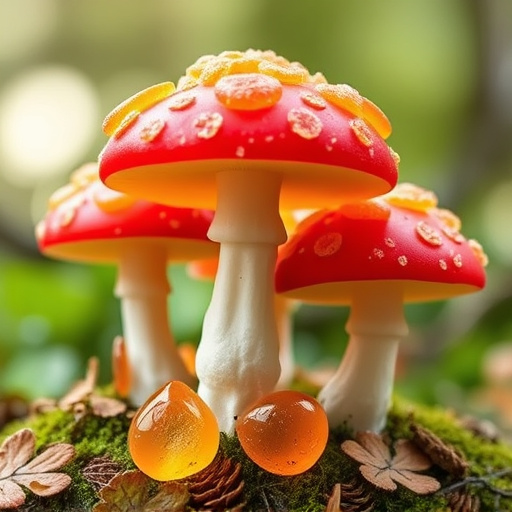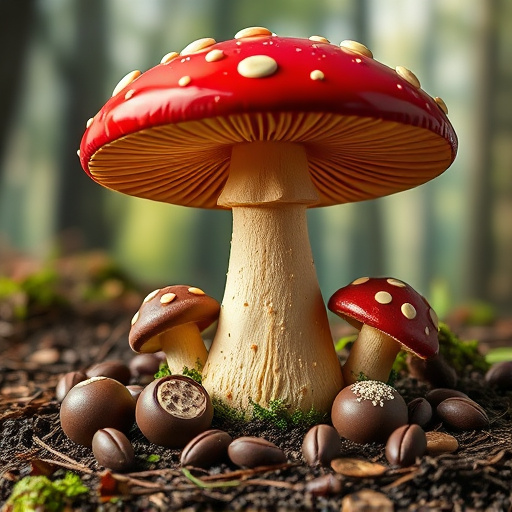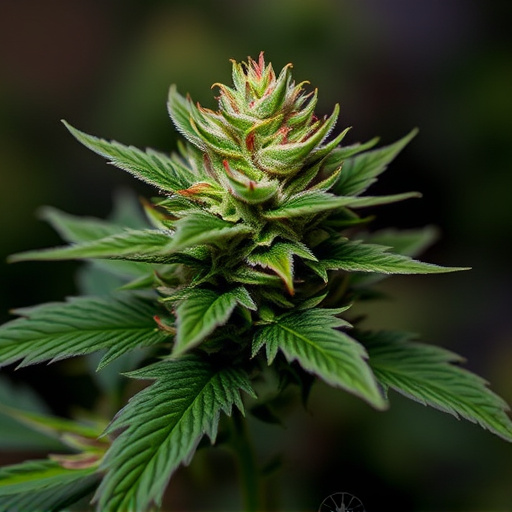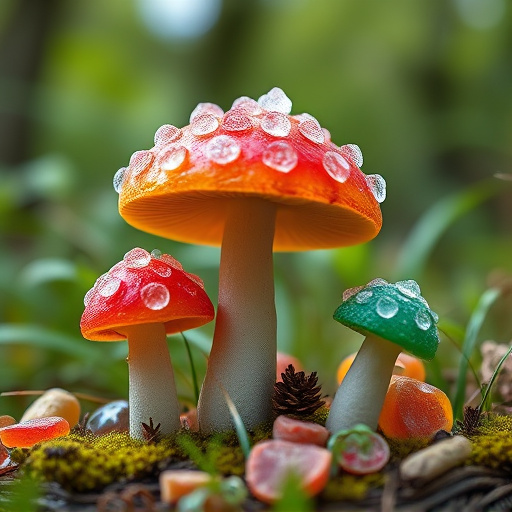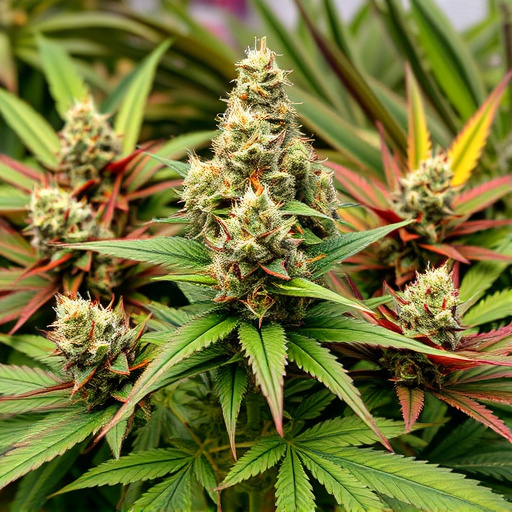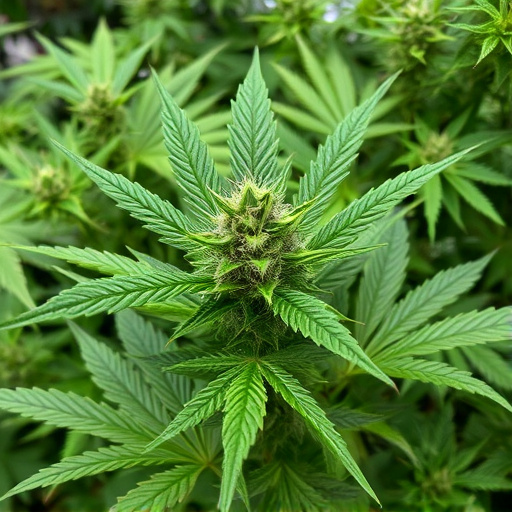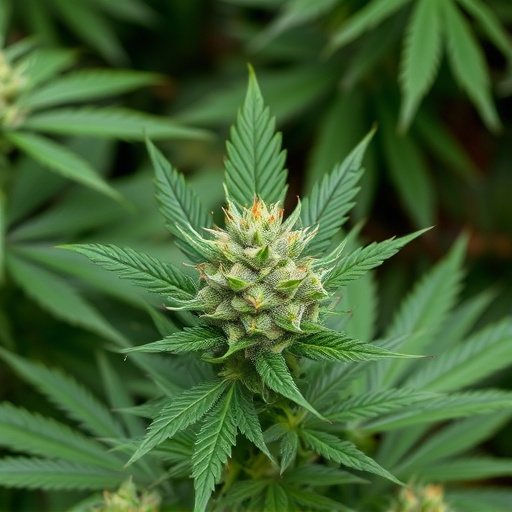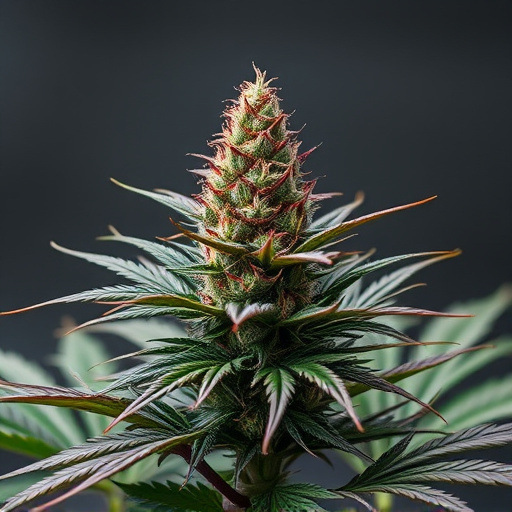The unique chemical composition of cannabis flower, particularly its cannabinoid profile (including THC and CBD), significantly influences user experiences and medicinal applications. Different strains vary in their cannabinoid and terpene content, offering diverse effects such as relaxation, energy, creativity, or pain relief. While cannabis holds promise for conditions like chronic pain and epilepsy, risks include dry mouth, red eyes, cognitive impairment, and potential dependency, especially in younger users. Understanding strain characteristics is crucial for responsible consumption and personal wellness.
“Unraveling the effects of cannabis flower reveals a complex interplay of science and subjective experience. This natural compound, renowned for its diverse strains, offers a spectrum of impacts on the mind and body. From relaxing to energizing, each strain carries unique attributes shaped by its cannabinoid profile. Understanding these variations is key to navigating the potential benefits and considerations surrounding cannabis use. Dive into this comprehensive guide to explore the science, strains, and implications, shedding light on why people worldwide find cannabis both captivating and therapeutic.”
- The Science Behind Cannabis Flower Effects
- Exploring Different Strains and Their Unique Impacts
- Potential Benefits and Considerations for Usage
The Science Behind Cannabis Flower Effects

The effects of cannabis flower on the human body and mind have been a subject of scientific interest for decades. Research has uncovered a complex interplay between cannabis and our physiological systems, with various strains of cannabis offering diverse experiences and therapeutic potential. The key to understanding these effects lies in the unique chemical composition of each strain, primarily its cannabinoid profile. Cannabinoids like THC (tetrahydrocannabinol) and CBD (cannabidiol) are responsible for the ‘high’ associated with cannabis use but also possess significant medicinal properties.
Scientists have discovered that when cannabinoids interact with our endocannabinoid system, they can modulate various functions, including pain perception, mood, appetite, and memory. Different strains of cannabis contain varying ratios of THC to CBD, which significantly influences the user’s experience. For instance, higher THC content may induce euphoria and relaxation but also increase anxiety in some individuals. In contrast, CBD-rich strains are gaining popularity for their potential anti-inflammatory and anxiolytic effects without causing psychoactive reactions. This diversity in cannabis strains offers a wide range of options for personal wellness and medicinal applications.
Exploring Different Strains and Their Unique Impacts

The world of cannabis is incredibly diverse, with a vast array of strains each offering unique effects and experiences. Exploring these different strains allows users to tailor their experience based on desired outcomes, be it relaxation, creativity, or pain relief. Each strain has its own distinct chemical profile, primarily determined by its cannabinoid and terpene content. For instance, Indica strains are renowned for their calming and sedative properties, making them popular choices for evening use, while Sativa varieties tend to evoke feelings of euphoria and energy, often preferred during the day.
Beyond these basic classifications, hybrid strains have gained popularity for offering a blend of effects from both Indica and Sativa parents. These can range from invigorating yet relaxing hybrids that enhance focus and creativity to those with more pronounced sedative effects for profound relaxation. The unique impacts of various strains highlight the importance of choosing the right cannabis flower based on individual preferences and intended uses, ensuring an optimal and personalized experience.
Potential Benefits and Considerations for Usage
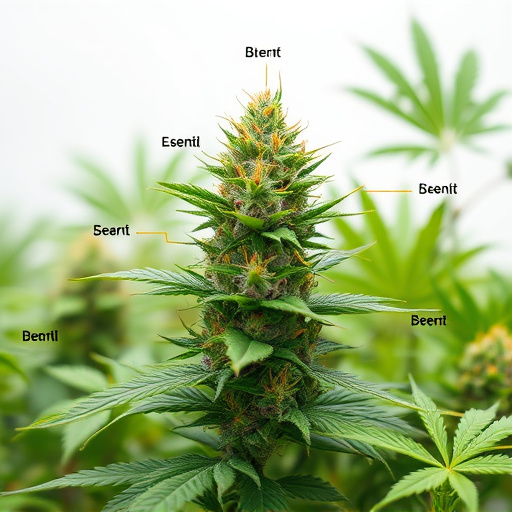
The potential benefits of cannabis flower are vast and varied, with many people turning to it for both recreational and medicinal purposes. Different strains of cannabis offer unique combinations of cannabinoids and terpenes, which can affect users differently. For instance, Indica strains are known for their calming effects, making them popular among those seeking relief from anxiety or insomnia. On the other hand, Sativa strains often stimulate creativity and energy, making them preferred by individuals looking to enhance focus and productivity.
When considering cannabis usage, it’s crucial to be aware of potential side effects and considerations. While it has shown promise in treating certain medical conditions like chronic pain, nausea associated with chemotherapy, and epilepsy, it may also cause short-term issues such as dry mouth, red eyes, and cognitive impairment. Additionally, regular use can lead to dependence or addiction, particularly in younger individuals. Therefore, understanding the specific strains and their effects is essential for safe and responsible cannabis consumption.
Cannabis flower’s effects are a complex interplay of various chemical compounds, most notably THC and CBD. The unique profiles found in different strains offer a spectrum of experiences, from uplifting and energizing to calming and soothing. While there are potential benefits for conditions like chronic pain, anxiety, and sleep disorders, it’s crucial to consider individual responses and consult healthcare professionals before usage. Understanding the science and exploring specific strains can empower users to make informed decisions regarding their well-being in this evolving landscape of cannabis research.
